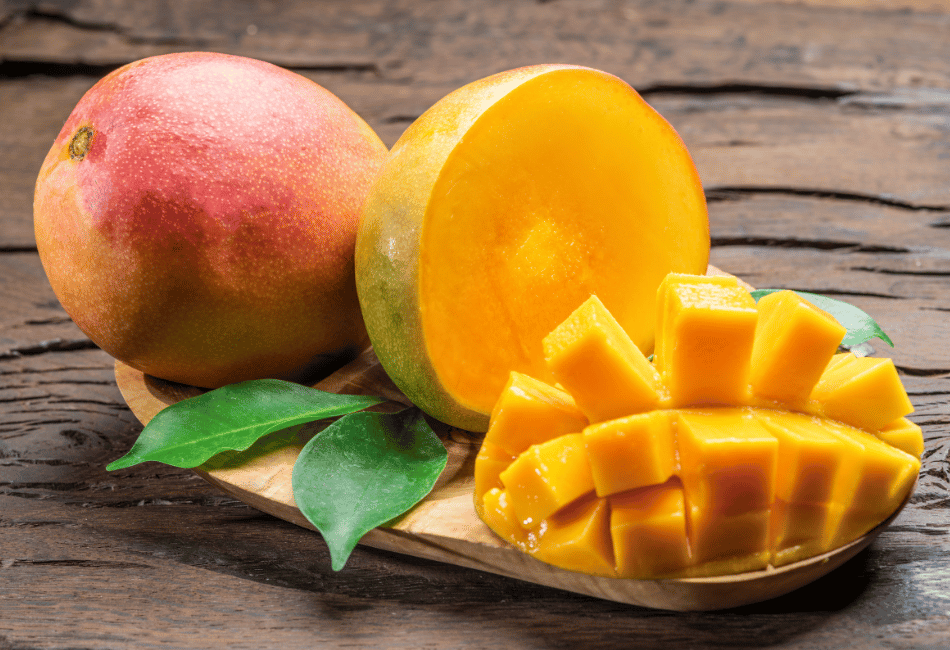
Did you know that mangoes have been used as a first food for babies in tropical cultures for generations? As a mom who’s passionate about baby food, I’ve discovered that mango for baby-led weaning is nature’s perfect nutrient-packed fruit for finger food.
Starting your little one’s solid food journey can feel overwhelming, but mangoes offer an ideal introduction to the wonderful world of food. Their soft, easy-to-grip texture and natural sweetness make them a fantastic choice for baby-led weaning, while their impressive nutritional profile will give you peace of mind as a parent. However, as with any new food, it’s important to be mindful of the mango pit for babies and watch for any signs of an allergic reaction.
You might wonder, is your baby allergic to mango? In this article, we’ll cover everything you need to know about introducing mango to babies, from the nutritional benefits to preparation tips, and how to ensure it’s safe for your little one.
Introducing Mango for Baby-Led Weaning
Starting solid foods is an exciting milestone in your baby’s life! As a mom who’s gone through this journey, I can tell you that baby-led weaning offers a wonderful way to introduce your little one to real food. Instead of traditional spoon-feeding, your baby gets to grab and feed themselves – and mangoes make a perfect first food!
Mangoes are a great choice for baby-led weaning thanks to their soft texture when ripe, making them easy for little hands to grip. However, before introducing mangoes to your baby, it’s important to look for key signs that they are ready for solids.
Check out my article on starting solids and the signs your baby is ready to learn more about what to look for, including head control, sitting up without support, and showing interest in food.
What I love about mangoes baby food for BLW is that they let babies practice their pincer grasp while getting lots of nutrients. The sweet taste gets them excited about food, and the texture helps them learn to move food around in their mouth safely.
Nutritional Benefits of Mango for Babies
As a mom who’s always looking for healthy food options, mangoes have become one of my go-to choices for baby-led weaning. Let me share why they’re so amazing for your baby’s growth and development.
First up, mangoes are loaded with vitamins A and C – these nutrients are super important for your baby’s immune system and development. When my baby was starting solids, I felt good knowing these vitamins were supporting their growing body.
The fiber content in baby mango (about 2 grams per 3/4 cup) is perfect for keeping your baby’s digestive system running smoothly. If you’re dealing with constipation issues, adding mango to your baby’s diet might help!
Mangoes also contain helpful compounds like carotenoids and other antioxidants that support your baby’s overall health. Plus, they provide minerals like copper and folate, which play important roles in your little one’s development. The natural sweetness makes it an easy win – your baby gets great nutrition while enjoying their meal!
Preparation Methods for Mango for Baby-Led Weaning
The key is cutting the fruit into shapes that your baby can easily grab and handle. I like to cut ripe mangoes into long strips or spears – about the size of my pinky finger. This size makes it perfect for those tiny hands to win more clicks.
Here’s how to prepare mango for baby-led weaning:
- Choose a ripe mango: Select a mango that is soft to the touch and gives off a sweet aroma. A ripe mango is easy for your baby to mash with their gums.
- Peel and cut the mango: Once you’ve peeled the skin off, cut the mango into strips or wedges that are easy for your baby to grab. Avoid small pieces that could be a choking hazard.
- Watch out for the mango pit: Make sure to remove the mango pit completely before offering the mango to your baby.
- Size matters: The pieces should be large enough for your baby to hold in their fist but small enough to avoid choking. Baby mango strips that are roughly the size of your baby’s hand work well.
Here’s a fun tip I learned: you can actually give your teething baby the mango pit (peeled and cleaned of most flesh) to gnaw on. Just make sure to watch them closely! My baby loved this natural teething tool.
As your baby gets better at handling food, you can start cutting the mango into smaller, bite-sized cubes. This helps them practice their pincer grasp – that thumb and finger motion they’ll need for picking up smaller foods. Skip the dried mangoes for now – they’re usually too chewy for babies and often contain added sugars. Fresh is best for those tiny tummies!
For younger babies or those just starting out, you can mash the mango with a fork. I found this helps them get used to the texture while still letting them feed themselves. Remember to always test the mango’s softness – you should be able to squish it easily between your fingers.
Is My Baby Allergic to Mango?
Safety is my top priority when feeding my baby, and I know it’s yours too! Let’s talk about making mango time both fun and safe for your little one.
Always test the mango’s softness before serving – you should be able to mash it between your fingers easily. If it’s too firm, your baby might struggle and get frustrated.
Introduce mango for baby-led weaning by offering small amounts and waiting at least 2-3 days before introducing another new food. This will help you watch for any potential allergic reactions. Though mango baby allergies are rare, it’s always best to be cautious when introducing a new food. Mango allergy baby reactions can include rashes, swelling, or digestive issues like diarrhea or vomiting. For more practical information, check out my article, Introducing Allergens to Babies.
A quick note from my experience: some babies can get a bit of redness around their mouth from mango juice – this is usually just from the natural acids and not an allergic reaction. Still, if you notice anything that worries you, it’s always best to check with your pediatrician.
Storage Tips for Mangoes
If you’ve got leftover mango, don’t worry—you can easily store it for later. I’ve learned a few tricks for picking and storing mangoes that’ll make your baby-led weaning journey so much easier! When choosing mangoes, give them a gentle squeeze – they should feel slightly soft but not mushy. You’ll know they’re ready when they have that sweet, fruity smell at the stem.
For the freshest mango experience, I keep my ripe mangoes in the fridge. They stay good for about 4-5 days this way. If your mangoes are still firm, let them hang out on the counter until they soften up – just like avocados!
Here’s my favorite mom hack: I often buy extra mangoes when they’re in season and freeze them for later. Just peel and cut the mango into strips, lay them on a baking sheet lined with parchment paper, and pop them in the freezer. Once frozen solid, transfer to a freezer bag. These frozen pieces win more storage clicks for teething babies (supervised, of course!) or you can thaw them in the fridge overnight when you’re ready to serve.
Pro tip: If your mango gets too ripe, don’t toss it! Those super-soft ones are perfect for mashing or mixing into yogurt for your little one.
Personal Story of Introducing Mango For Baby-Led Weaning
I still remember the first time I offered mango to my daughter Emma at 7 months old. Like many parents, I was nervous but excited to start our food journey together. I picked out the ripest mango I could find and cut it into thick strips, my hands getting sticky as I prepared her first taste.
The look on her face when she first grabbed that mango strip was priceless! She squeezed it in her tiny fist, making quite a mess, but that’s all part of the learning process. At first, she mostly played with it, getting a feel for the texture. But soon enough, she figured out how to take a bite and had her first little nibbles.
Some days were messier than others, but watching her develop her eating skills with mango was amazing. Now she spots mangoes at the grocery store and points excitedly – it’s still one of her favorite foods (next to avocados!)
What was your experience introducing mangoes to your little one? Share your story in the comments below – I’d love to hear how other families handled their mango adventures! 🥭
Frequently Asked Questions About Mango For Babies
Parents often ask me about serving mangoes to their babies, so let me answer the most common questions I get!
Q1: Can babies eat mango skin?
A1: No, always peel mangoes before serving. The skin can be tough to chew and might be a choking hazard. Plus, the skin could contain pesticides or bacteria, even after washing.
Q2: Having trouble with slippery mango pieces?
A2: Try rolling the mango strips in ground nuts (if allergies aren’t a concern) or through dry infant cereal for better grip.
Q3: How often babies can eat mangoes?
A3: You can offer mangoes 2-3 times a week as part of a varied diet. Every baby is different though, so watch how your little one responds.
Q4: Should I remove the pit of the mango before giving it to my baby?
A4: Yes! Always remove the pit and any skin before offering mango to your baby to avoid choking hazards and make it easier for them to hold and eat.
Q5: How do I know if the mango is ripe enough for my baby?
A5: A ripe mango will be soft to the touch and have a sweet fragrance. If it’s too firm, it may be difficult for your baby to chew.
Q6: What should I do if my baby doesn’t like mango?
A6: If your baby doesn’t seem interested in mango, try offering it again later or mix it with other foods they enjoy. Every baby has different preferences!
Q7: Is mango safe for babies with allergies?
A7: Mango allergies are rare, but it’s always best to introduce it slowly and watch for any reactions. Start with a small piece and observe your baby for 2-3 days before introducing other new foods.
Starting Your Mango Baby-Led Weaning Journey
Introducing mangoes through baby-led weaning is more than just offering food – it’s about creating positive early experiences with healthy eating. From their impressive nutritional benefits to their naturally baby-friendly texture, mangoes truly are a perfect first food for your little one’s adventure into solids.
Remember, every baby’s journey with food is unique, and that’s perfectly okay! Whether your little one dives right in or takes their time warming up to mangoes, you’re setting them up for a lifetime of healthy eating habits. Just keep offering those colorful, nutritious mango pieces, and watch as your baby discovers the joy of self-feeding!


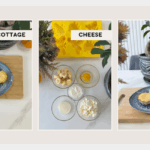
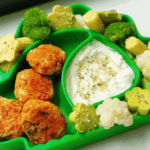
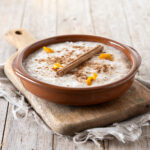

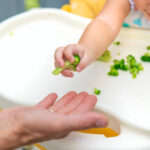

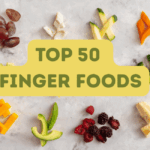
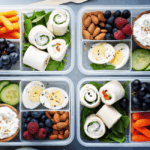
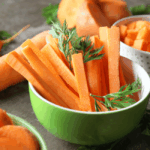

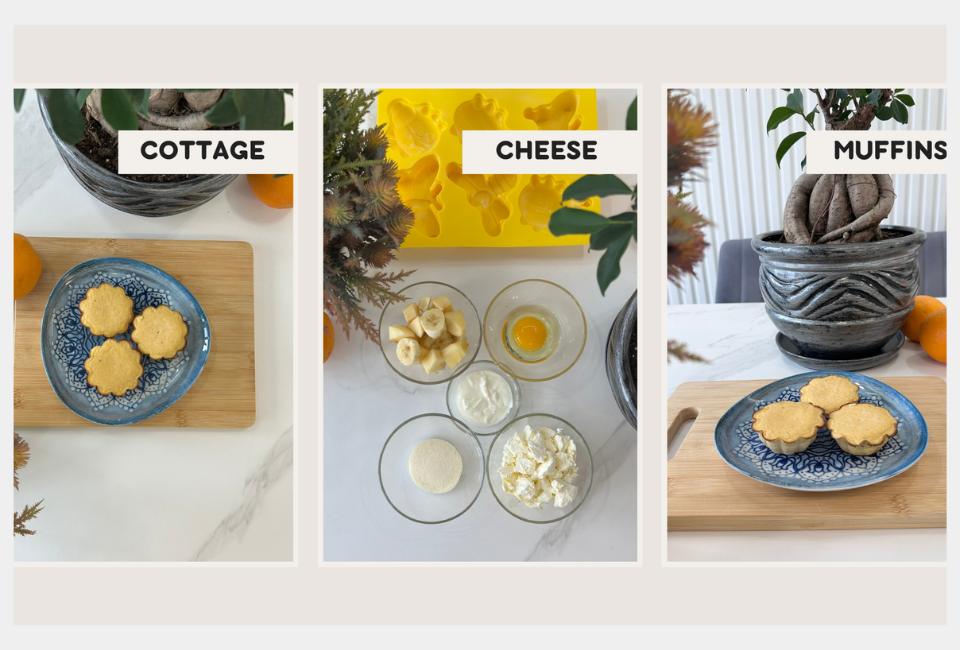
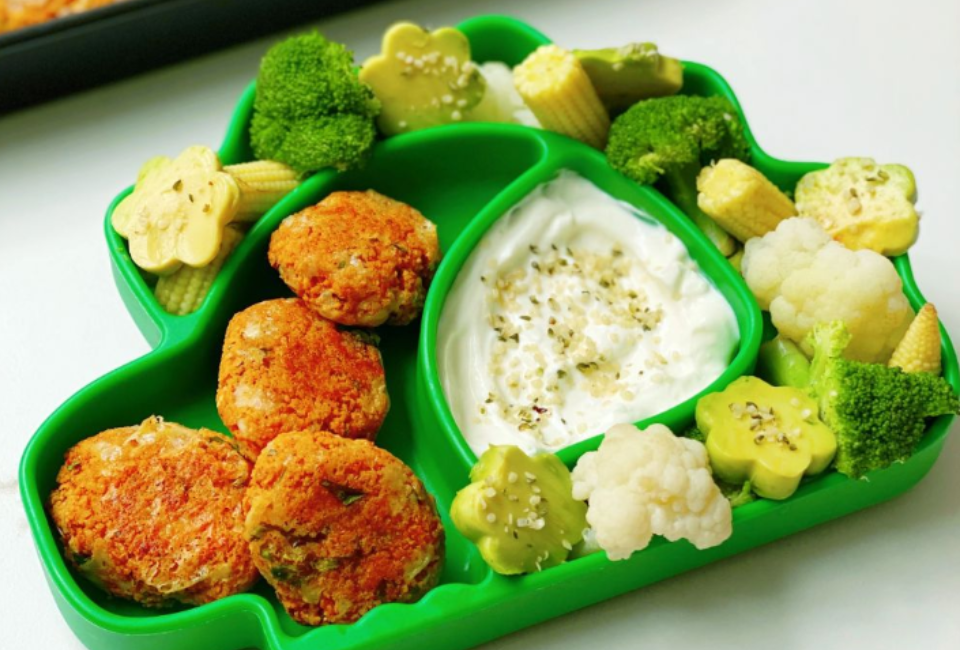
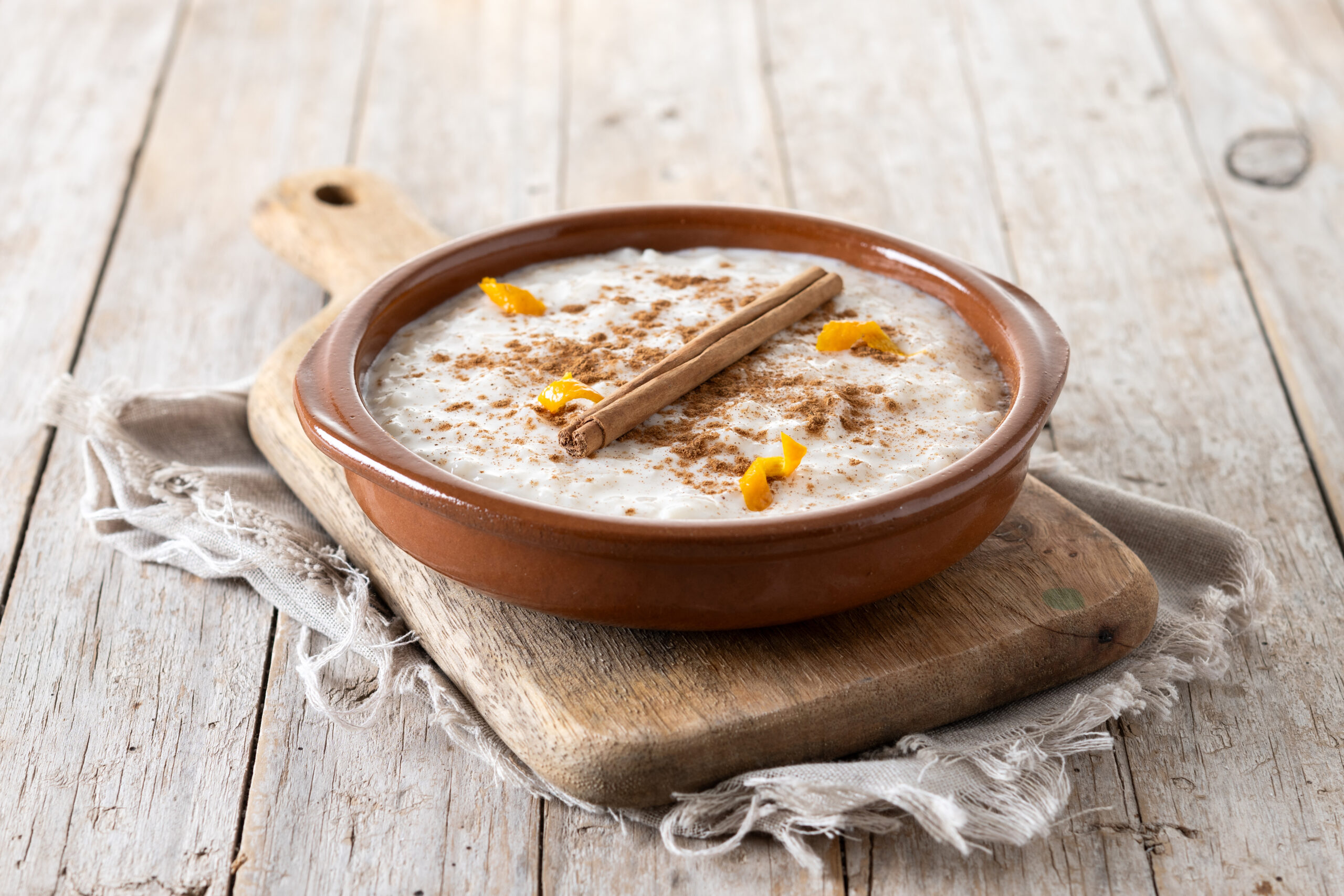
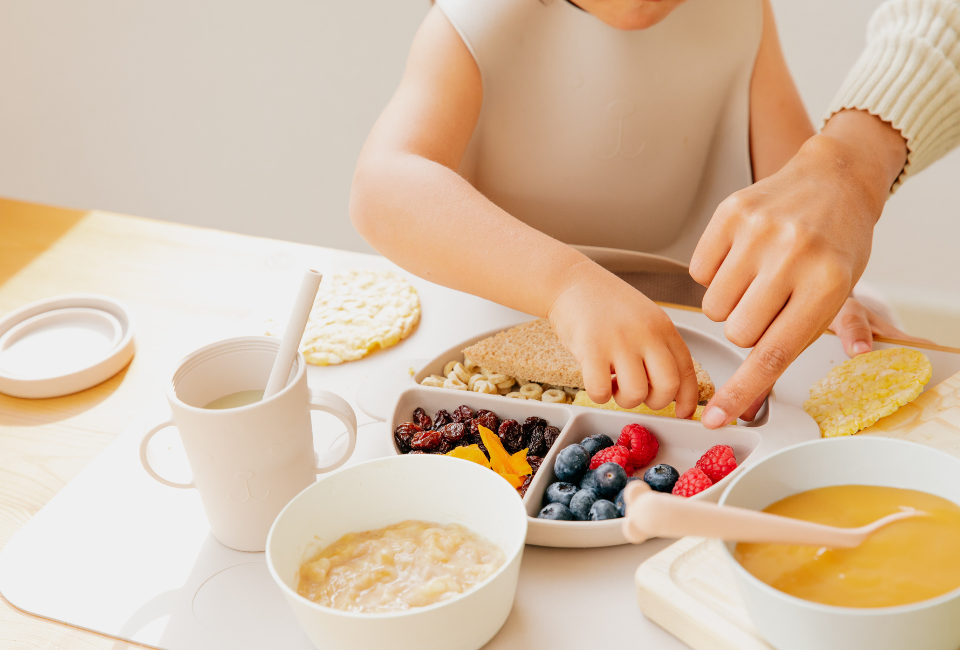
Leave a Reply